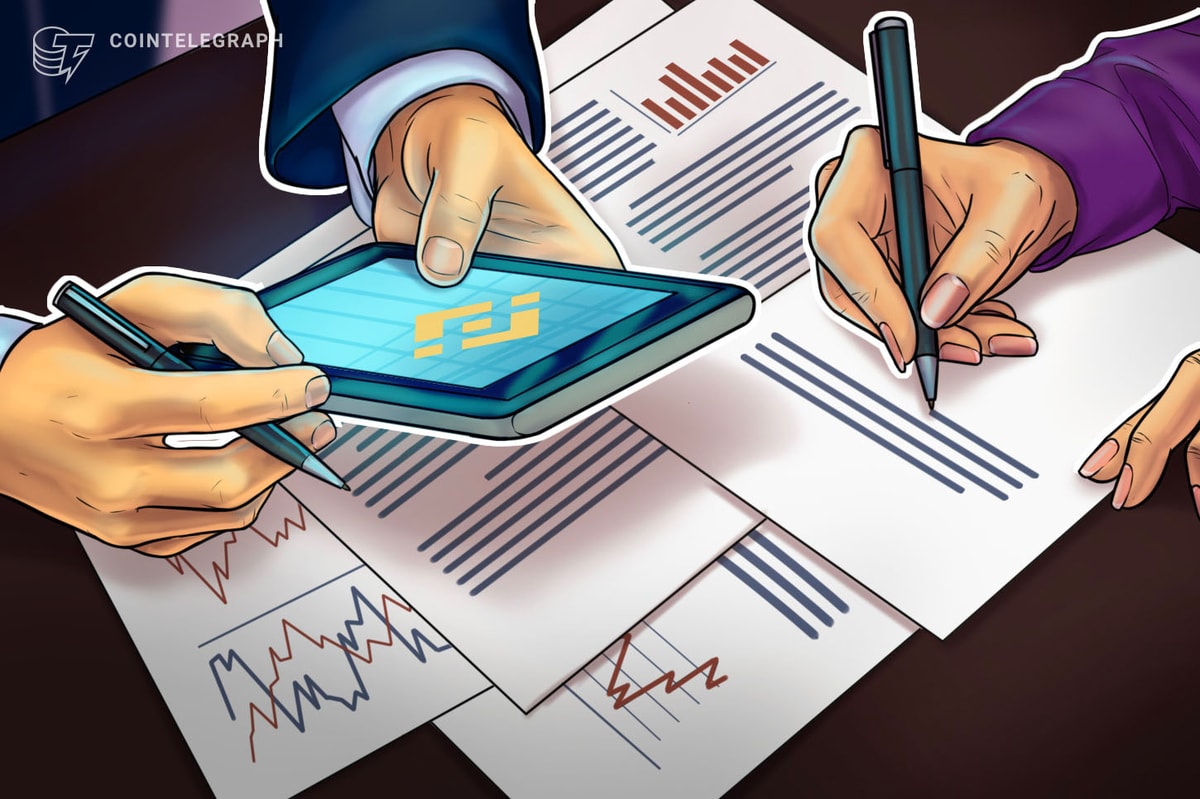Ethereum’s zero-knowledge layer 2 scaling platform, zkSync, continued to hold its own

zkSync, Ethereum’s zero-knowledge Layer 2 scaling platform, continued to defend criticism over aerial distribution standards for the zkSync token (ZK), scheduled to launch on June 17.
In a frequently asked questions (FAQ) document updated on June 15, ZK Nation answered 15 questions primarily aimed at explaining why certain groups were eligible for the token while others were not.
One of his longest answers focused on measures to detect and prevent Sybil attacks – when an entity creates and uses a large number of wallets to launch an airdrop – a persistent problem among airdrop seekers over the past week.
ZkSync reiterated that it uses “explicit” Sybil detection as well as a “unique Airdrop design” to ensure the greatest number of organic users are rewarded, but also noted that this results in allowing some Sybil wallets.
He explained that some fortune tellers may use complex algorithmic strategies that are indistinguishable from real people.
“They fund accounts from many separate exchange addresses, never interact with each other, use random amounts, use software to randomize daily patterns of human behavior, and even perform project-specific activities ( for example, using zkSync payments).” explain.
“The majority of these robots are completely undetectable, even with the most advanced anti-Sybil methodology. »
ZkSync claimed that filtering too aggressively could eliminate some Sybils, but could also falsely flag many organic users. So he chose to reward organic users with “high probability” using a combination of value metrics and multipliers.
Essentially, this assigned lower eligibility scores to poorly funded portfolios (a sign of Sybil’s behavior), but would give them a double boost if there was on-chain behavior indicative of human behavior.
ZkSync explained that Sybils typically creates many accounts but uses small amounts of cryptocurrency to fund each account to maximize capital efficiency.
ZK Token Overview
Checker → https://t.co/O2UonCvfzi
Advertising → https://t.co/hjgI14PHoi
Documents →It’s time to put the ZK token back into the hands of the community. It’s your turn to control the future of ZKsync. pic.twitter.com/VD3fZgH5bf
– ZK Nation (@TheZKNation) June 11, 2024
“Real people, on the other hand, tend to concentrate most of their wealth in a small number of accounts, making their balances much larger than those of bots,” the report explains.
“There will be fortune tellers in every airdrop,” she concluded. “However, for every example of Sybil that can be identified, there are hundreds that have been excluded.”
Binance Proposes ZK Listing and Distribution Amid “Ongoing Concerns”
This comes as cryptocurrency exchange Binance proposed its own ZK airdrop – targeting those who were not eligible for an official airdrop on June 17.
The exchange announced that it would offer 10.5 million ZK tokens to over 52,000 Binance users “in light of ongoing community concerns regarding the distribution of ZK tokens.”
about: Combined TPS of Ethereum Scaling Ecosystem Hits New All-Time High
Eligible claim addresses must have initiated at least 50 transactions on zkSync Era between February 2023 and March 2024, transacted for at least seven months during this period, not be a CEX, bridge or contract address and not not be eligible at the official address. Air fall.
However, each Binance user will only receive 200 crowns each.
The exchange will also open the ZK token for trading starting June 17, including trading pairs with Bitcoin (BTC), Tether (USDT), and First Digital USD (FDUSD).
The ZK token airdrop will go live on June 17. According to Whales Pro, the ZK token is currently trading pre-market at 36 cents.
review: Bitcoin’s “Second Layer” Isn’t a Second-Level Layer at All: That’s Why It’s Important